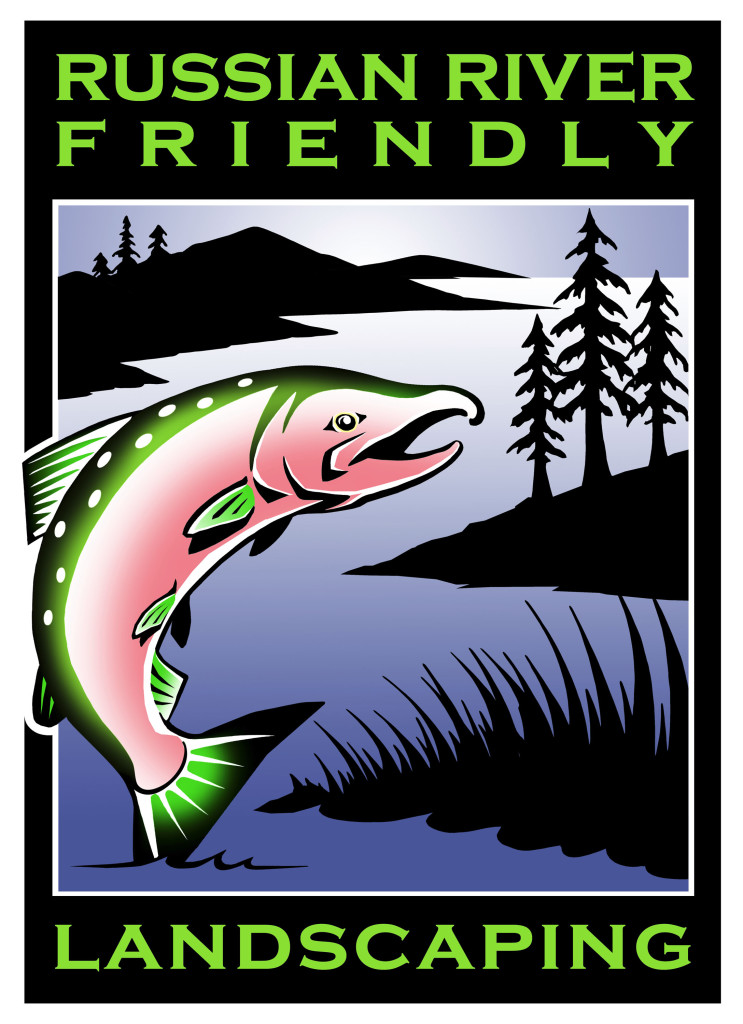Deer Crossing
BACK TO FULL TOUR
Garden Features
Drought Tolerant
Edible Garden
California Natives
Deer Resistant
Drip Irrigation
Pesticide Free
Sheet Mulching
Lawn Conversion
Wildlife Habitat
From Ashes to Native Paradise
Living in the Oakwoodlands, gives the opportunity to design a garden that is part of the ecosystem and nurtures its creatures. Plentiful rewards include seeing the stunning caterpillar of the black swallowtail feeding on pipevine or the graceful turkeys parading outside the back windows. Unbroken vistas let viewing expand outwards and up toward the soaring raptors and their nest in a tree in the canyon below. Native plants thrive in their habitat including the intrepid fire followers like asters, ceanothus, and poppies.
The Tubbs fire burned our original home and garden leaving only a few hardy plants to come back from their roots. This became an opportunity to rebuild and energy efficient home and design a fire-resistant garden using California native plants. Not only have these plants evolved in the California landscape, but many were grown using local seed.
Plants
Amber Huntington of California Flora Nursery selected and positioned plants for our initial planting.
Fruit tree varieties were selected for sharing with a neighbor, so that we each grow fruits the other doesn’t have. We plan to share the fruit, as there is always more than one family can eat. The fruit trees are in fenced yards for vegetables and thornless blackberries. Because the natural soil is about 8 inches of soil on bedrock, valley soil was brought into the fenced vegetable/fruit growing yards. Compost is made on site from kitchen waste and yard waste. Red worms are used as well as a static compost pile.
Soil & Irrigation
Since the plants are adapted to a dry summer and lean soil, there was no need for soil amendments or irrigation systems. With a well mulched garden, a couple of hours from a sprinkler is needed a few times a summer. Plants are hand watered daily for a couple of weeks if they are planted in the summer, but most planting is done in October or November with the beginning of the rainy season.
Fire Resistance & Plant Regeneration
For fire resistance, there are succulents near the house. In this area, plants need to have a low flammability rating. The peach tree is an exception. The roots of this delicious peach survived the fire, so it is being trained to grow low, so it won’t be a fire ladder to the house. Two ceanothus near the house are also flammable, but selected for their wonderful smell and the shade they bring to a surviving crinum. Part of fire resistance is keeping plants thinned and well-watered, so careful attention will be given to keep plants pruned of extra branches and keep plants near the house well-watered.
Some plants that have naturally regenerated after the Tubbs fire:
- Arctostaphylos manzanita
- Aesculus californica
- Baccharis pilularis
- Ceanothus cuneatus
- Chlorogalum (soap root)
- Diogenes lantern (bulb, Calichortus species)
- Dutchman’s pipe (host plant for black swallowtail)
- Aristolochia californica
- Herteromoles arbutifolia
- Juncus patens
- Lavatera assurgentiflora (may have come from neighbor’s plants)
- Lonicera hispidula
- Miner’s lettuce
- Stachys bullata
- Symphyotrichum (White aster- fire follower)
- Umbellularia californica (Bay tree)
- Quercus kelloggii and Quercus agrifolia (oaks)
More About Russian River Friendly Landscaping
Create and Protect Wildlife Habitat
Plant and animal diversity is one of the many factors that makes the Russian River Watershed unique and beautiful. More than 1,400 native plant species bloom throughout the year, supporting hundreds of native pollinators, beneficial insects and other organisms that can reduce the need for pesticides. Birds and butterflies are attracted, bringing with them beauty, song and interest to a landscape.
Biodiversity is crucial to the health and resiliency of the local landscape, the Russian River ecosystem and its inhabitants. Yet the loss of habitat is threatening local biodiversity. The population of the Russian River Watershed is growing and expected to continue to do so. With increased populations comes development, which must be done with regard for wildlife habitat.

And although we tend to rely on parks and open space for preserving wildlife habitat, both residential and commercial landscapes can also play an important role. Developed landscapes can provide food, water, shelter and nesting sites for birds, butterflies, beneficial insects and other creatures, thus helping to conserve valuable wildlife resources and restore damaged ecosystems. Small spaces or corridors, patched together over the entire Russian River Watershed, add up to a great opportunity for encouraging and protecting wildlife.
- Diversify
- Choose California natives first
- Provide water and shelter
- Use organic pest management
- Conserve or restore natural areas and wildlife corridors